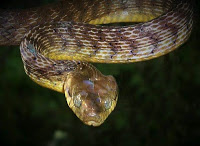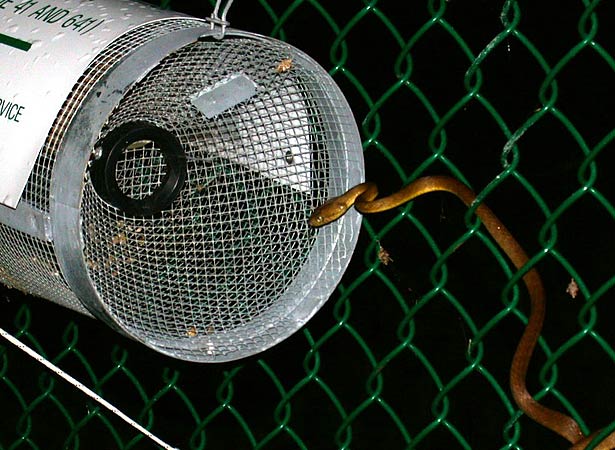This thread has been separated from the original. The original thread started in Flora and Fauna with this post about red squirrels in the UK. It rapidly evolved, or devolved, into a predominantly three way conversation that focused on North American fauna with the occasional mention of exotics and UK species, but all through a non UK lens.
This thread has been created to allow that conversation to continue. The original thread remains for anyone who wishes to talk about the UK conditions and situations. CC
From the BBC Scotland website.
http://www.bbc.co.uk/news/science-environment-43308588
The growing numbers of pine martens have actually helped the red squirrel population because the martens seem to take out more of the grey squirrels, which did not evolve alongside cat sized, tree climbing predators.
The Reds did, and seem to manage despite the pine martens, while the greys, which are much more likely to ground forage too, are predated upon and their numbers are reduced where the martens are thriving.
Interesting, and unexpected results
M
This thread has been created to allow that conversation to continue. The original thread remains for anyone who wishes to talk about the UK conditions and situations. CC
From the BBC Scotland website.
http://www.bbc.co.uk/news/science-environment-43308588
The growing numbers of pine martens have actually helped the red squirrel population because the martens seem to take out more of the grey squirrels, which did not evolve alongside cat sized, tree climbing predators.
The Reds did, and seem to manage despite the pine martens, while the greys, which are much more likely to ground forage too, are predated upon and their numbers are reduced where the martens are thriving.
Interesting, and unexpected results
M
Last edited by a moderator:




